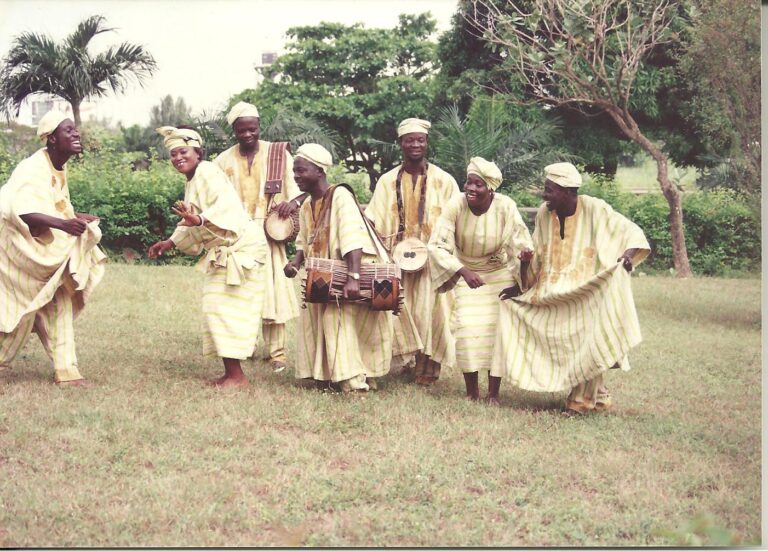UlApart from the Nigerian contemporary dance moves that are in vogue all over the world, there are traditional ones too.
Each ethnic group has its own traditional dance that makes them unique and different from others.
The Yorubas are one of the largest ethnic groups in the country and the people have a rich culture, dressing, food, music, dances, etc. The Yorubas are majorly found in Ogun, Osun, Ondo, Ekiti, Oyo, Lagos, and parts of Kwara state. Each state has its own cultural style which includes the dance.
Yoruba cultural dance is called ‘ijo-ibile’ which is translated as ‘local/traditional dance’. The Yorubas dance to musical instruments such as bata, gangan (local talking drum), sekere, agogo (gong) and so on.
The dancers are mostly dressed in aso-oke with which the male adorn buba and Sokoto. A cap is also a major part of their attire. Females are dressed in wrappers tied to the chest region and coral beads on the neck, waist, wrist and ankle. Horse tails are also held by the dancers which flow with the rhythmic movements.
Yoruba people dance to the sounds coming from their musical instruments and vocals. Their steps are always in unison with the beats, especially from the talking drum (gangan).
The limbs (arms and legs) are moved in an emphatic fashion while they dance. Good dancers are tagged ‘arapa-re-gangan’ or ‘arese-ja-bata’. There are also dances that have magical stunts such as the Obitun dance in Ondo state.
Here, a female dancer will hold a breakable plate with her two palms and then turn it 360 degrees, several times, without the plate dropping. There are other stunt movements by the Yoruba dancers. Apart from the Yoruba contemporary dances, such as takasufe, shakabubu and so on, the cultural dances are rhythmic steps commonly featured in their special occasions.



